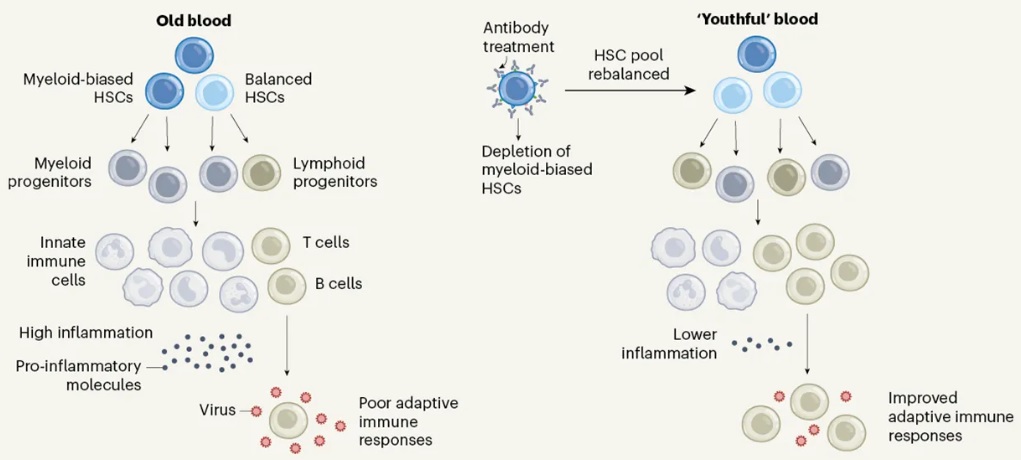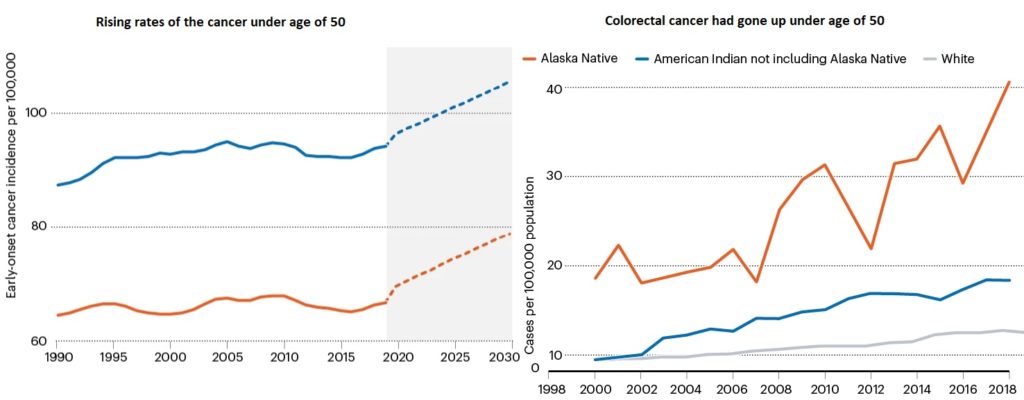Cracking the Aging Code: How to Trick Your Body into Staying Young

Imagine this: a bunch of old mice taking a dip in the fountain of youth and coming out looking sleeker, sprightlier, and ready to take on the world. That’s the vibe stem-cell whiz Carolina Florian was getting when her elderly lab rodents started defying the odds after a little treatment experiment.
So, what was her secret sauce? Well, she tinkered with some stem cells, the kind that run our immune system. These stem cells, called HS cells, are like the command center for all things immune-related. But as we age, they start to get a little sloppy with their cell-making duties.
Florian’s magic potion fixed this mess, making the immune cells behave like they were fresh out of the box. And guess what? The mice started living longer, healthier lives. It’s like hitting the reset button on aging.
But wait, there’s more! Other smarty-pants scientists have been playing around with the immune system too. They’ve found that giving old mice a little immune makeover perks them up, making them better at fighting off infections and responding to vaccines. It’s like giving your car a tune-up and suddenly it’s running like new.
Now, before you start dreaming of eternal youth, let’s pump the brakes a bit. Messing with the immune system isn’t child’s play. It’s like playing Jenga with your body’s defenses — one wrong move and things could come crashing down.
But hey, it’s not all doom and gloom. These immune system hacks could be a game-changer for keeping us spry as we rack up the birthday candles. Imagine fewer wrinkles, more energy, and a better shot at kicking old-age diseases to the curb.
So, while we might not be sipping from the fountain of youth just yet, it’s exciting to know that science is getting closer to cracking the code on aging. Who knows? Maybe one day, we’ll all be living like immortal mice, minus the cheese obsession, of course!
https://www.nature.com/articles/s41586-024-07238-x
https://www.nature.com/articles/s41586-021-03547-7




